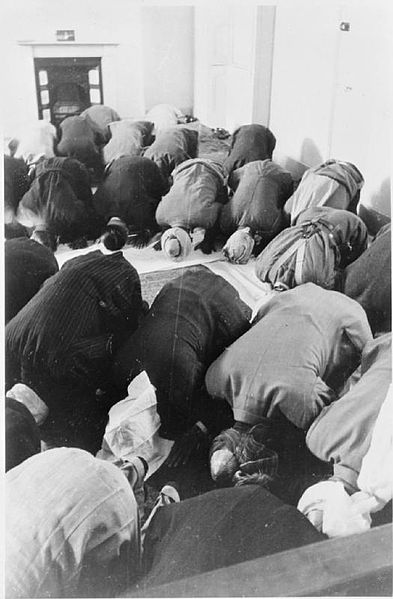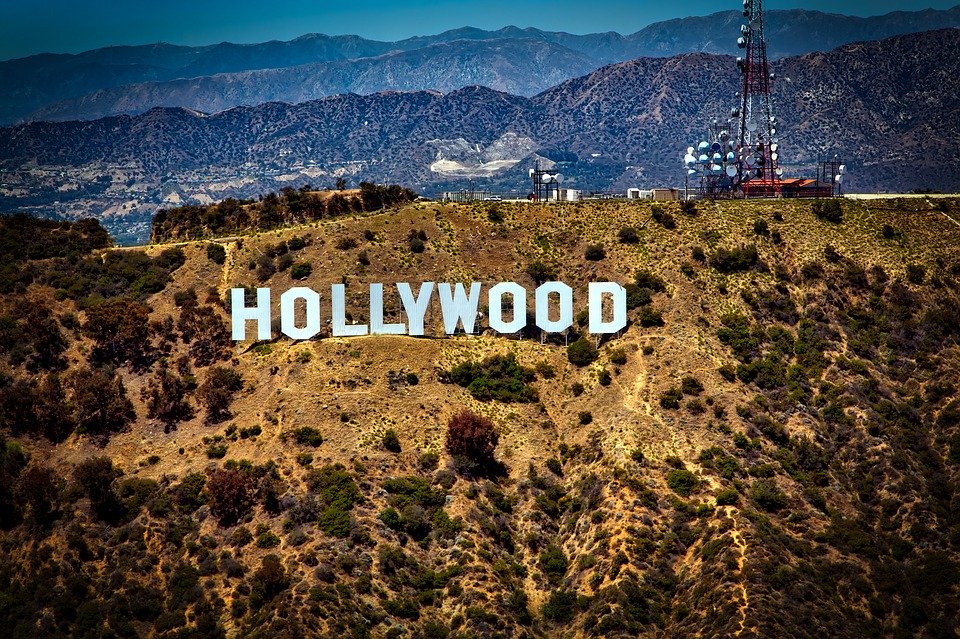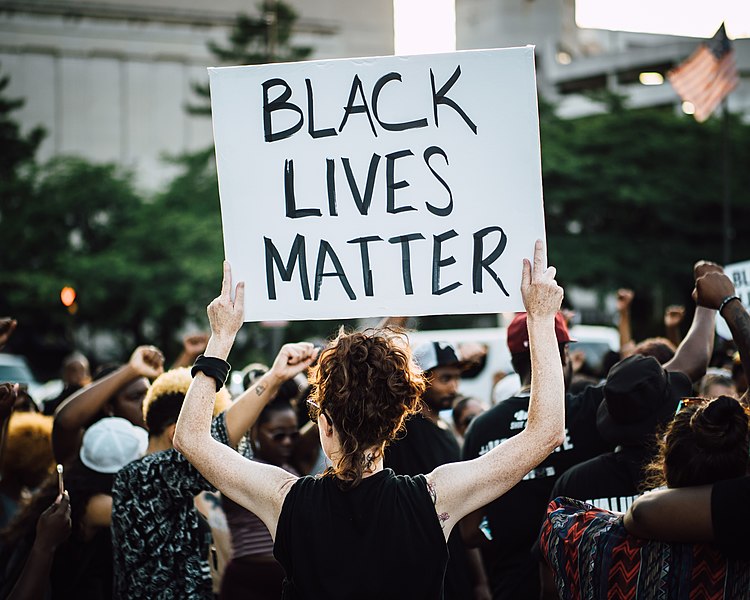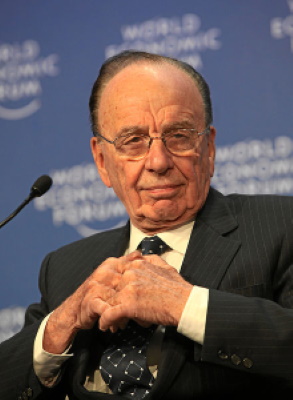Note that your final mark will not be saved in the system.
Representation (last assessment 2023) Notes
Page: Summary of Representation
What is Representation?
Media Representation is all about the way in which producers choose to portray something in a media text.
What can be Represented?

People, e.g. The Queen, Boris Johnson, Billie Eilish

Social Groups, e.g. The Working Class, British Muslims, The Transgender Community

Places, e.g. The East End of London, Syria, Hollywood

Issues, e.g. Healthcare, The #MeToo Movement, Black Lives Matter, Homelessness

Events, e.g. The 2019 General Election, Gay Pride March, Evacuation of Dunkirk
Representation Further Explained
It might be useful to think of representation as ‘re-presentation’ – rather than showing audiences reality exactly as it is, media texts take aspects of reality and manipulate them (sometimes very subtly) before presenting them to audiences. This is because reality is very complex. Representing every single aspect of a person, issue, event, etc. in all its complexity is impossible.
Therefore, producers agree on a target audience and ‘re-present’ aspects of reality in a way that this audience can relate to. In doing so, producers construct a version of reality for this particular audience, as opposed to a reflection of reality itself. Producers pick and choose what they want to represent in a text through a process of selection, combination and mediation:
| Process | Explanation |
| Selection | The process of including and excluding elements to feature in a media product |
| Combination | The process in which different aspects of a media text are pieced together |
| Mediation | The final process of media production in which a media text is checked over and edited before its release |
Techniques of Representation
- Audience Positioning – The various techniques used by creators of a media text to help the audience consume and interpret the text in the way that was intended, e.g. lifestyle magazines will often use a direct mode of address positioning audiences to be inspired by what they read in the magazine
- Audience Identification – When creators identify the core audience for a media text so they can construct representations that will appeal to this audience, e.g. it is clear that more and more women now enjoy playing video games. The video game industry has responded by creating more female protagonists to help appeal to this audience.
- Positive Representation – When a media text emphasises the positive qualities of a particular person, social group, issue, etc., e.g. the British media generally represents the NHS in a positive light
- Negative Representation – When a media text emphasises the positive qualities of a particular person, social group, issue, etc., e.g. tabloid newspapers have been regularly accused of negatively representing migrants
- Stereotyping – Representations that reduce a person or group to a narrow set of traits and characteristics, e.g. mainstream cinema has historically represented Arabian people as villains and fools
- Countertyping – Representations that emphasise the positive attributes of a person or group, often combating stereotypes in the process, e.g. Pride magazine celebrates the beauty and achievements of black women: a group that has been, historically, stereotyped in the mainstream media
What Representation Reveals
The media’s use of stereotypes concerns people because stereotypes do not allow for individual uniqueness – stereotypes involve a shared understanding that allows people to get along in day-to-day life. Stereotypical representations make for an oversimplified version of reality based on just a small grain of truth. The representation of places, people, idea, etc. creates certain messages and values. This is called ‘ideology’ and it plays a major part in how audiences relate to, and use, media texts.

Because he owns multiple news outlets, Rupert Murdoch is able to spread his ideology through the media his company produces. The construction of stereotypes in the mainstream media usually occurs because of people who hold power within the industry. They often use stereotypes so that audiences will continue to share their ‘ideology’.
Or click 'Enter' key!